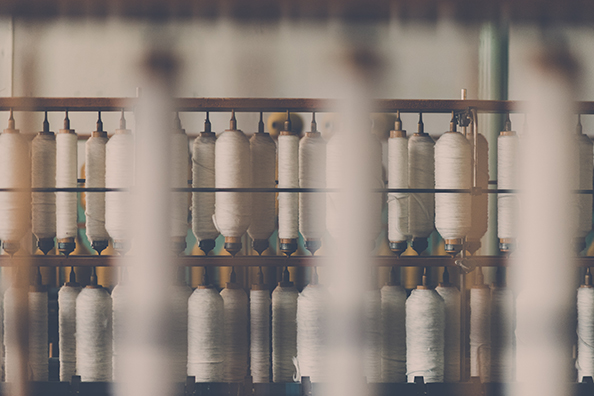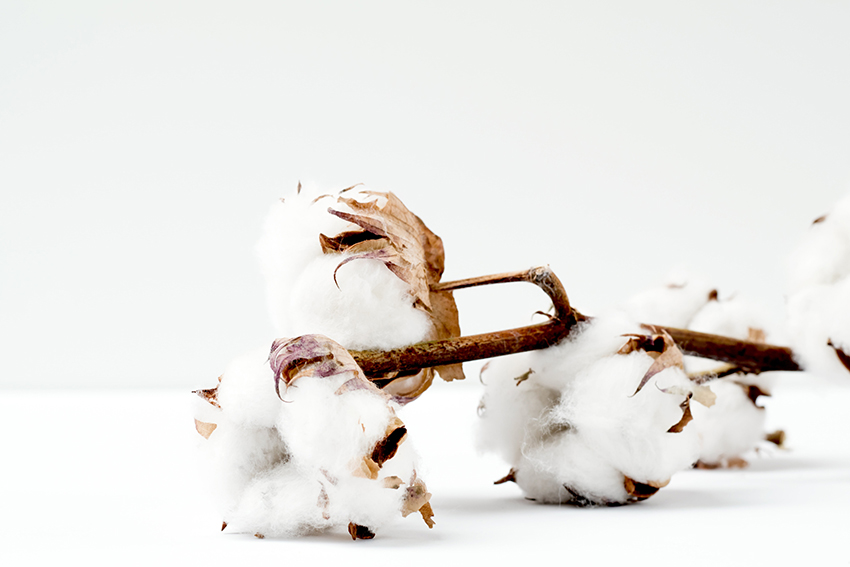Cotton is a fabric that we’re overly familiar with. Abhishek Sharma, COO and Co-Founder at Fashinza explains everything from the types of cotton and production process, to why is cotton so important.
A plant-based natural fibre, cotton experiences the highest global demand in the textile and apparel markets. Estimates suggest that 25 million tonnes of cotton are produced every year globally, and India is the largest producer of cotton.
It’s interesting to know that our relationship with cotton dates back several millennia. Neolithic sites in Balochistan and Mehrgarh have yielded evidence that cotton was cultivated in those times. The first usage of cotton can be traced back to 5500 BC. The fabric was highly popular in the Indus Valley Civilization and South Asia’s affiliation with cotton persists to this day!
Variants of cotton

Familiar as we might be with cotton, few people outside the apparel and textile industry are aware of its variants. There are four primary variants of cotton- Asian cotton, Egyptian cotton, South American cotton and Central American cotton. All of these variants are grown in India, the most commonly available one being Central American cotton. They differ from each other in terms of quality, South American cotton being the finest ones.
When speaking of the variants of cotton, it’s relevant to point out that the most important demarcation we care about today is between traditionally grown cotton and organic cotton. Indeed, the fabric is much loved and biodegradable, which makes it safe for the environment post-disposal, but growing traditional cotton incurs huge environmental costs.
Cultivating traditional cotton is a highly water intensive venture and since cotton is repeatedly grown on the same soil, it tends to deplete natural nutrients, eventually becoming dependent on chemical fertilizers. With growing awareness about the apparel industry’s effect on the environment, consumers and brands are turning to organic cotton as the solution.
Organic cotton uses 90% less water than traditional cotton. It is grown using natural seeds and not genetically modified ones. It also does not use chemical pesticides and fertilizers. Eco-conscious consumers particularly look out for organic cotton products today, and brands too are responding to the demand. We expect the popularity of the organic variant to grow further in the future.
How is cotton produced?

Ever wondered how the soft cotton bolls that grow on plantations are converted into the comfortable t-shirt that’s your go-to summer wear? Well, it typically takes five steps to convert cotton bolls into fabric and a few more steps beyond that to produce wearable clothes.
The cotton bolls are first picked from the plants, and the fibre is then separated from seeds using a process called ginning. After the first two steps, the fibre is rolled into balls in a method known as baling. In the fourth stage, the fibre is spun into threads or yarns, and the final step is where they are woven into fabric.
The production of the clothes that we wear begins at this point. Cotton fabrics are dyed, printed or embroidered, cut, stitched, and finally embellished before they become the final products that we consume!
Who’s producing all the cotton you use?

Cotton is mostly grown on black clayey soil while alluvial and red sandy loam soils also work fine for cotton. India is the largest producer of cotton and the leading states are Gujarat and Maharashtra. The nation accounts for approximately 26% of the global cotton production and 23% of textile and apparels exported from India are cotton products.
Presently, only 1% of the cotton produced in India is organic but interestingly that also accounts for 56% of organic cotton produced globally! Notwithstanding the huge production quantity, India falls behind USA as the major exporter of cotton.
Why is cotton very important?

Cotton’s importance arises from its ubiquitous presence in our lives. Cotton is used to make clothes, bedding, towels, household upholstery, and medical supplies among other things. The plain woven cotton called muslin is perhaps one of the softest fabrics in existence. In countries with tropical and subtropical climate, cotton is the fabric of choice for regular wear, being used to produce t-shirts, dresses, loungewear, sarees, lingeries, and several other clothing categories.
In my opinion, the Indian cotton industry should focus on increasing the production of organic cotton in future. Incentivizing small and medium scale cultivators to produce organic cotton could have a major positive impact on the environment. Besides, as the largest producer of organic cotton, India is already leading a change. The nation is best positioned to dominate the global organic cotton market in future, which will be a golden opportunity, considering how demand for organic cotton is on the rise.






